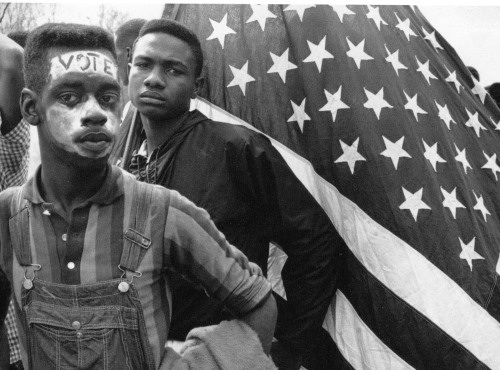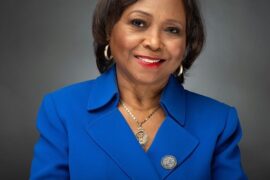The elections of 2018 are significant in many ways. Nationally, the congressional races will be a referendum on the chaotic first year of what’s-his-name, while in Illinois, voters will decide whether to blame an incumbent Republican governor or Chicago Democrats who run the legislature for our state’s financial mess.
All but lost in the upcoming carnival of mud-slinging and rhetorical noise is that 2018 is also the 50th anniversary of the assassination of the Rev. Dr. Martin Luther King.
The slaying of Dr. King and the racial rupture that followed continues to drive and divide our politics as much as any issue, foreign or domestic. Racial rupture? After King’s murder, riots broke out in over a hundred cities, people died, arrests were made and federal troops brought in.
Whites generally viewed the rioters as arsonists and looters, not frustrated fellow Americans pushed past the breaking point. Too many saw this spasm not in a social justice context, but as a dangerous breakdown of civil society.
Richard Nixon’s presidential campaign of that year took full advantage, appealing directly to a “silent majority,” many of whose members still view even peaceful protests by Blacks as “acting out.”
Cultural critic Louis Menand reminds us in a recent issue of The New Yorker that it was 1968 when America’s historic divide between right and left began widening into today’s seemingly unbridgeable chasm. Yet the fault line was already there, waiting to be exploited.
Describing a 2014 study by political scientists Doug McAdam and Karina Kloos, Menand observes, “Since 1960 our politics has been driven by two movements: the civil rights movement and what they call a ‘countermovement,’ which could be broadly described as anti-integrationist.”
So who are the anti-integrationists? Menand includes outright racists, but also many white Americans who acknowledge the principle of racial equality, but in practice resent involuntary race mixing such as affirmative action quotas.
Menand especially commends the conclusion reached by McAdam and Kloos, that “The collapse of the postwar consensus was not because of Vietnam; it had everything to do with race.”
The solid core of Nixon’s Silent Majority still exists as the so-called “Trump base.” Here in Illinois it is making itself heard in the Republican primary for governor, where the incumbent is be challenged not from his party’s center, but from the far right.
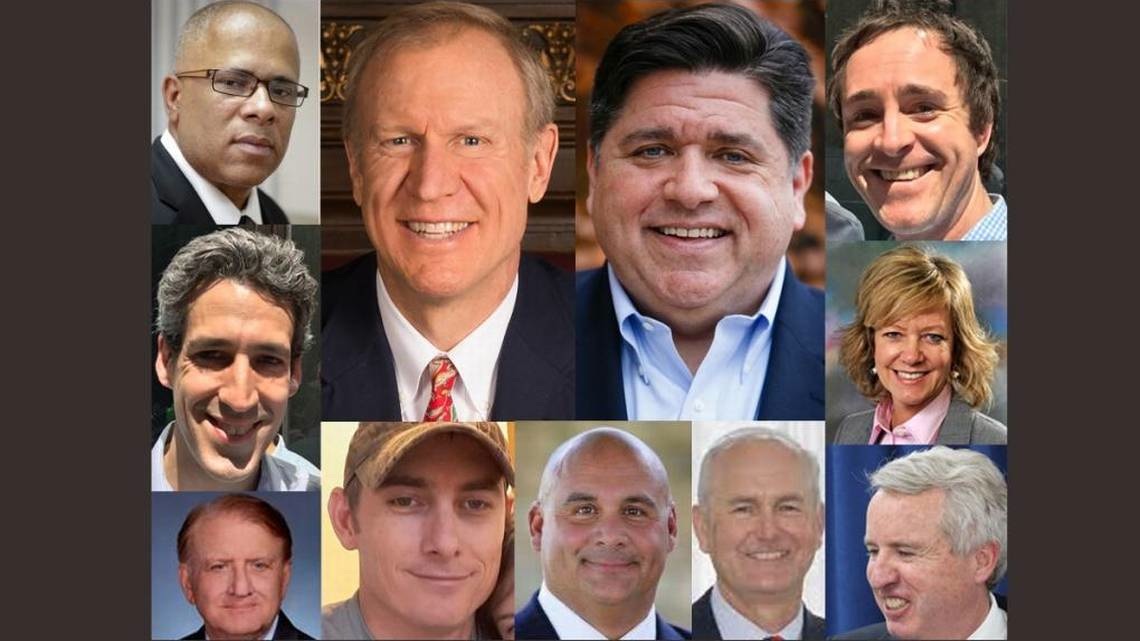
Black Voting Power
And what of the Democrats? Has any gubernatorial candidate actually earned the backing of African-American voters in the March primary? Or even in the general election?
It’s stunning that three of the early frontrunners are multi-millionaires – two of them billionaires. According to press reports, JB Pritzker, the Democrats’ early favorite, comes in at $3.4 billion; incumbent Republican Bruce Rauner a tad below $1 billion; and Democrat Christopher Kennedy in excess of $40 million.
So what have they been doing with all their money? For African Americans, that’s a fair question.
Have they, for instance, entrusted some of their millions to Illinois Black businesses such as Loop Capital? Have they availed themselves of Black-owned accountancies such those run by Lester McKeever and Odell Hicks? Which Black contractors have rehabbed the Kennedy-managed Merchandise Mart or are building those skyscrapers rising at adjacent Wolf Point?
Have any of their billions been directed as charitable contributions to schools such as Urban Prep Academies, where young Black men are being readied for college? (Full disclosure: Urban Prep’s CEO Tim King is my son.)
This isn’t to say such hirings and contributions haven’t been made…just that Black voters need to know if they have, or have not. After all, Black participation in the March primary and November general elections are absolutely key to the outcome.
Doubt it? Consider the recent Alabama U.S. Senate race. In spite of attempts at voter suppression, Black voters made a winner of a Democrat who once prosecuted the Ku Klux Klan over a Republican who was alleged to be a sexual predator.
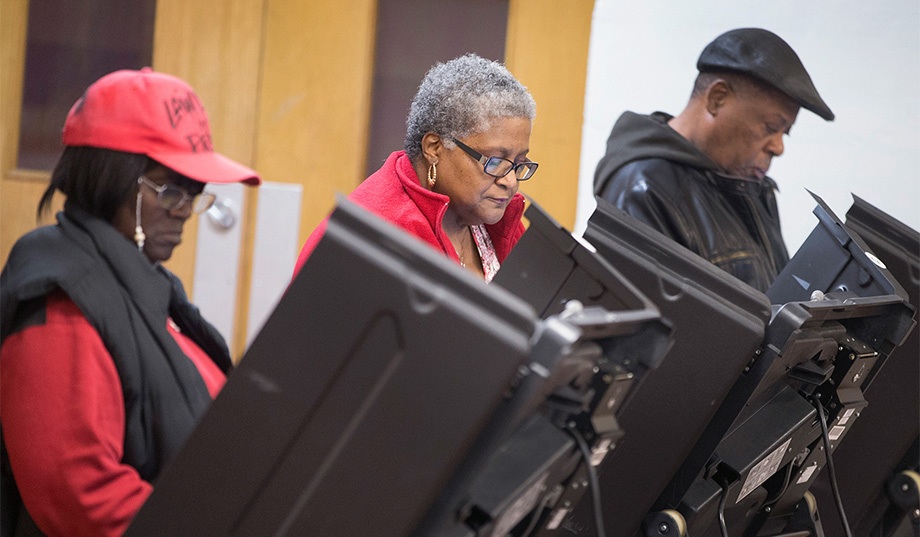
It should be noted that the winning Doug Jones campaign hired Black consultants, campaigned with or dispatched Black surrogates, and spent nearly a third of its budget on measures to boost Black turnout.
It also circulated race-specific messaging, including a tableau of a young white girl being victimized by an older white man with the caption, “If he’d been Black, he would have been lynched.” (Crude, sure, but with Alabama’s racist history, it resonated.)
Taking The Black Vote For Granted
Kashana Cauley, a New York Times op-ed contributor, nailed it in a recent column headlined, “Black Voters to Democrats: You’re Welcome.” She points out that most Blacks think they’re taken for granted by the Democratic Party.
Cauley wrote, “We are drowning in reports on how Democrats can win the white working class. But Blacks are the ones who have a much more robust history of turning out to vote and winning elections for Democrats. Nor does the Democratic Party spend enough money addressing the concerns of Black voters. It does not routinely condemn racial inequality out of fear of turning off white voters, nor does it make specific appeals to Black voters on issues like jobs and education.” (As my Bahamian relatives would say, “They wanna go to heaven but don’t want dead.”)
Yet when Blacks do vote, they vote heavily Democratic. Why? Bowdoin College Professor Chryl Laird offers in VOX.com that specific social dynamics explain why. If a politician wants greater support of Blacks, her best bet is getting social processes within the community working in her favor. This is such a profound statement its worthy of repeating.
Laird’s research goes on to note that Black voter response is greater when offered by a Black presenter, less when offered by a white presenter, and least when offered online.
Take a look at the 2008 Obama presidential campaign. I was on the National Finance Committee, which teleconferenced every Friday morning. Mantra Number 1 was to maximize turnout of the base. Number 2 was to do nothing to have him come off as an “Angry Black Man.” Black support for Obama was obvious, but turnout was at record levels because the campaign valued it, put money into it and worked at it!
Likewise, Doug Jones succeed in Alabama by pouring resources into Black turnout, which ended up being the key to his more than 20,000 votes win.
Compare that to Hilary Clinton’s 2016 effort, wherein she tried to balance a white working-class message with an assortment of feminist and LGBTQ pitches.
In the end, her campaign’s “take ’em for granted” approach to the Black community helps explain why she lost Michigan by 10,704 votes, Pennsylvania by 44,000 and Wisconsin by 22,748.
Had the Clinton campaign addressed Black concerns, delivered by credible Black surrogates with a process adequately funded, the entire United States, not just Blacks, wouldn’t be quaking over what gaucherie what’s-his-name will commit next.
Adopt This Black Strategy
So, with all of this experience to draw from, what should a successful candidate for Illinois governor do in 2018? Here’s my Top 10 list:
1. Focus on Black turnout by engaging Black media consultants such as Hermene Hartman of N’DIGO and Melody Spann-Cooper of WVON. The candidates need to understand the reach and respect these women enjoy in the Black community.
2. Agree on a Black-themed message and engage credible Black messengers – those who understand the subtle differences between various communities.
3. Provide support, within federal tax rules, to Black grassroots organizations that have genuine connections to – and the respect of – Black voters
4. Visit uplifting efforts such as Urban Prep Academy, in person, and let your visit inspire a commitment to the education of these young Black men using both public and private resources.
5. Meet with Dr. Gary Slutkin of Cure Violence and commit to support this innovative public health approach to the South and West side homicide epidemic.
6. Meet with State’s Attorney Kim Foxx and agree to a workforce development strategy for preparing and placing Black ex-offenders.
7. Meet with Frank Clark, Jim Reynolds and leaders of the Business Leadership Council to develop a state office for Black business utilization. (Not just direct state spending, but also state-subsidized projects.) This office should be staffed and run by an experienced advocate for capacity building among Black businesses.
8. Establish a state “Prompt Payment Policy” so that contractors are paid in a timely manner. Absent this, establish a state guaranteed, low-interest line of credit for contractors awaiting unpaid receivables.
9. Meet with innovative workforce development pioneers such as the Rev. Johnny Miller (a CTA board member and leader of the West Side JMA Center) to recalibrate and redouble state efforts to boost Black employment levels.
10. Meet with other innovators such as Rev. Kevin Ford of St. Paul COGIC, whose Project Pride is the leader in getting Blacks into construction unions. Other Black organizations such as CrossRoads, West Side Justice Center and Black Lives Matter also are deserving of support.
Admittedly these actions aren’t your typical billionaire’s recipe for success. But to ignore legitimate Black expectations for improved economic support is surely a recipe for political failure. That’s the lesson, 50 years in the learning.
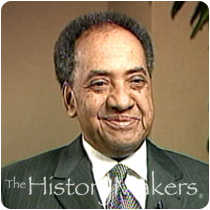
(Paul King is a construction consultant and member of Chicago’s Business Leadership Council.)


